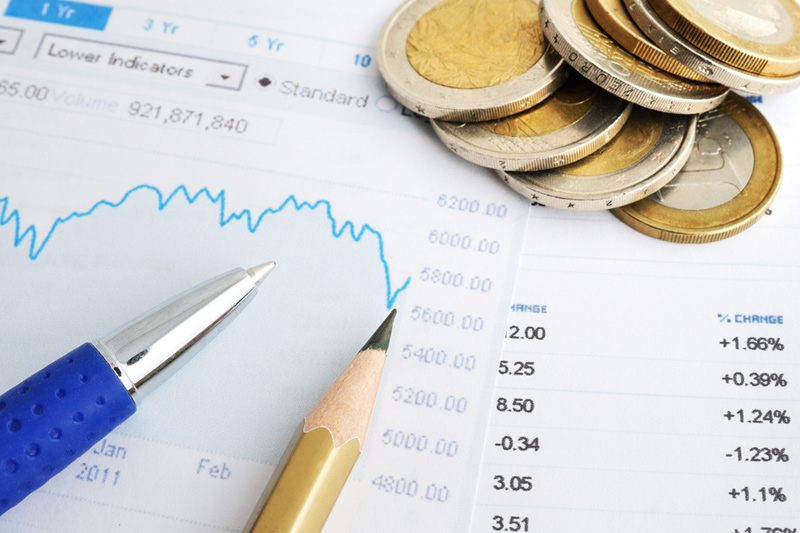Gold prices set for weekly drop as strong dollar weighs; Trump tariffs in focus
Investing.com -- Tuesday saw the release of data indicating that Saudi Arabia’s headline inflation rate accelerated to 2.3% year-on-year (y/y) in March 2025, marking the quickest pace since mid-2023.
The increase in inflation spanned most categories of the Consumer Price Index (CPI) basket, suggesting a buildup of underlying price pressures that are expected to sustain inflation rates above 2% over the coming quarters.
The inflation figure for March was slightly below the 2.4% y/y forecast by Capital Economics but exceeded the London Stock Exchange Group (LON:LSEG) consensus estimate of 2.2% y/y. On a seasonally adjusted month-on-month annualized basis, prices climbed by 3.6%.
A closer look at the data revealed that the rise in inflation was widespread. Notably, the inflation rate for food and beverages jumped from 1.0% y/y in February to 2.0% y/y in March, the sharpest increase in two years.
This surge was driven by higher inflation rates across all food components, with significant jumps in the prices of bread and cereals, seafood, and vegetables. In addition, the rate of non-food inflation in Saudi Arabia picked up speed, reaching 2.4% y/y in March.
Although there was a deceleration in the inflation of housing and utilities, the largest component of the CPI basket, this was more than compensated for by inflationary rises in other non-food components.
Looking ahead, analysts at Capital Economics anticipate that the headline inflation rate will remain within the range of 2.0-2.5% y/y over the next two quarters. However, a projected slowdown is on the horizon into 2026, with inflation potentially retreating toward 1.0% y/y.
This expected decrease will likely be driven by lower non-food inflation, particularly in the areas of transport and housing and utilities.
This article was generated with the support of AI and reviewed by an editor. For more information see our T&C.
